Genus Limosa Higher classification Godwit | Phylum Chordata Family Scolopacidae Scientific name Limosa haemastica Rank Species | |
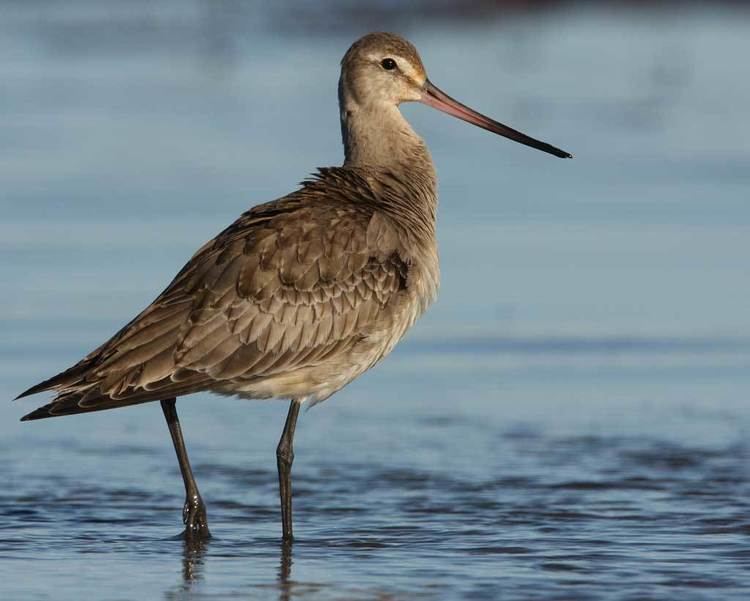 | ||
Similar Godwit, Bird, Sandpiper, White‑rumped sandpiper, Stilt sandpiper | ||
Migrating hudsonian godwits
The Hudsonian godwit (Limosa haemastica) is a large shorebird in the sandpiper family, Scolopacidae. The genus name Limosa is from Latin and means "muddy", from limus, "mud". The specific haemastica is from Ancient Greek and means "bloody". An 18th century name for this bird was red-breasted godwit. The English term "godwit" was first recorded in about 1416–7 and is believed to imitate the bird's call.
Contents
- Migrating hudsonian godwits
- Hudsonian godwit meare heath somerset
- Identification
- Breeding
- Migration
- Diet
- Conservation history
- References
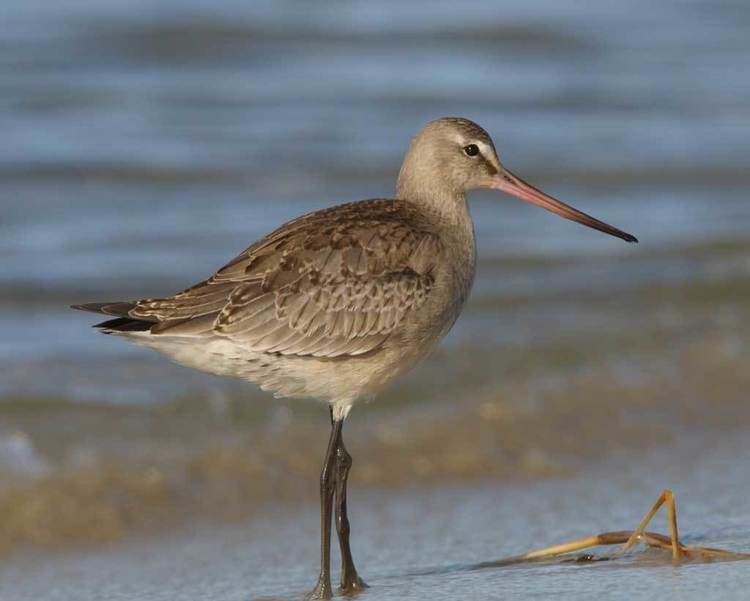
Hudsonian godwit meare heath somerset
Identification
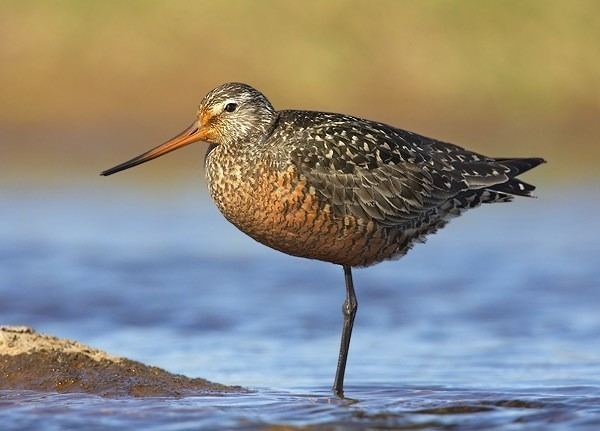
Adults have long dark legs and a long pink bill with a slight upward curve and dark at the tip. The upper parts are mottled brown and the underparts are chestnut. The tail is black and the rump is white. They show black wing linings in flight. The legs and feet are bluish-grey.
Breeding

Their breeding habitat is the far north near the tree line in northwestern Canada and Alaska, also on the shores of Hudson Bay. They nest on the ground, in a well-concealed location in a marshy area. The female usually lays 4 olive-buff eggs marked with darker splotches. Incubation period is 22 days. Both parents look after the young birds, who find their own food and are able to fly within a month of hatching.
Migration
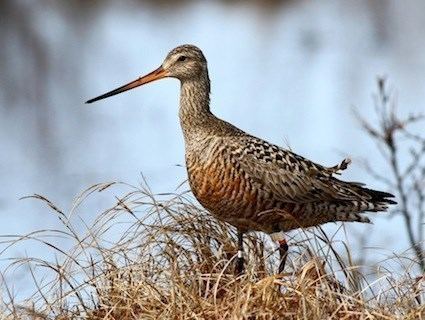
They migrate to South America. These birds gather at James Bay before fall migration. In good weather, many birds make the trip south without stopping. They are vagrants to Europe, Australia, and South Africa.
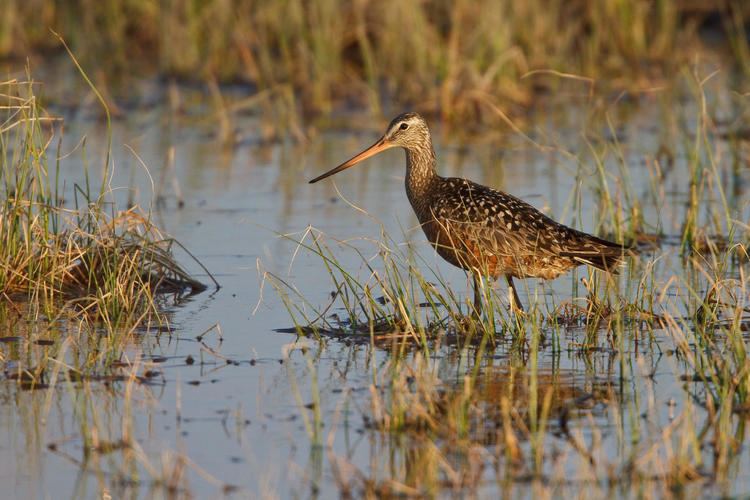
They can perhaps be most easily seen in migration on the east coast of North America where they can be plentiful in migration in late July through early August.
Diet
These birds forage by probing in shallow water. They mainly eat insects and crustaceans.
Conservation history
Their numbers were reduced by hunting at the end of the 19th century.

